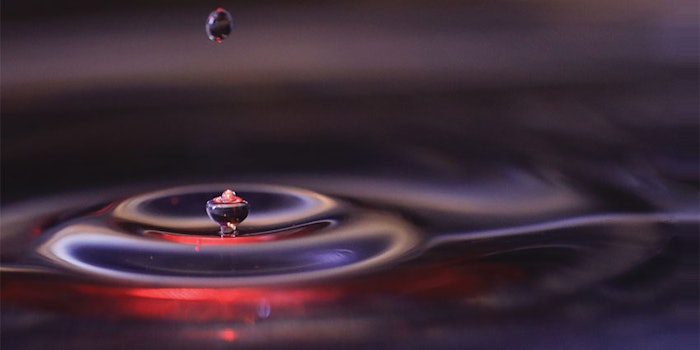
Purified water is a ubiquitous reagent in most of the analyses performed in a flavor and fragrance (F&F) laboratory, and its purity is of paramount importance for delivering accurate and reliable results. F&F applications, such as assessing the purity of natural ingredients or essential oils, will likely require a combination of both pure and ultrapure water. The highest-quality ultrapure (Type 1) water is recommended for HPLC, LC-MS, GC-MS, GCO, as well as for elemental analyses. Pure (Type 2) water is required to prepare reagents and solutions and is also the predominant component of microbiology media formulations. Special care must be taken to select the correct water quality as contaminants, such as heavy metals, chlorine, ammonia and bacteria, may impact analyses.
Because you need to focus on obtaining accurate and reproducible results, it’s important to ensure your lab is equipped with a water purification system that delivers consistently high-quality water that meets all your purity needs. Choosing a water system can seem like a complicated process, but by thoroughly evaluating your situation at the beginning of your search and considering a few key parameters, you can make the selection a little easier and have greater confidence in your final choice.
Determine Your Water Quality Needs
It’s important to know that several types of laboratory water exist. These water grades are defined by standards, which help ensure not only that the correct water type is used for a specific application, but also that cost is considered, as Type 1 ultrapure water is more expensive to produce than Type 2 or Type 3 pure water.











